Navigating the Costume Department Dynamics
Working in Wardrobe for Film and Television
Blauw Films

In this blog I’d like to take a look at the Costume and Wardrobe Department for film and television.
What is the design process of a Costume Designer? What are the departments within the Wardrobe Department? What is it like to work as a costume designer?
The Creative Process
The costumes tell the story of the characters and their world. Before anything materializes, research starts. The entire process is led by the Costume Designer. Here’s a quick rundown of the costume production process:
Read the script
Get in the world and let your imagination lead the way. Build connotations and conceptualize the first design ideas. Watch out for specific costume-related events written in the script. Mark them with a highlighter.
Talk to the Director
Get in the Director’s head, understand their vision and references.
Understand how to see the characters and what role they play within the story. Directors can have an ideal talent in mind, or have already cast actors. Research the people who will wear the costumes.
Script Breakdown
The script breakdown serves as a checklist for all elements needed to create the shots. The Producer or 1st AD makes a script breakdown, which is then reviewed by all heads of departments.
The Costume Designer makes Character Breakdowns. This is the script breakdown, organised by character. It also includes other details, such as script days. The Character Breakdowns show the flow of the character throughout the film.
On set, the Character Breakdowns are used in combination with the Costume Bible. The Costume Bible is an overview of what will be shot on which day.
The Wardrobe Bible used to be, and still very often is, a physical book. It includes director's notes and pictures of the actors wearing the costumes in the scene. The pictures are taken on every shooting day, before and after every scene. The Costume Bible is an important tool to keep track of the continuity.

Research the story
Understand the building blocks that make up the story.
Research the associated topics wide and deep. Research should be focussed to not get lost in unnecessary references. But at the same time explorative enough to be inspiring and surprising.
Usually, the person leading the research is the Costume Designer. They collect the visual references that form the basis of the character designs. It's their job to clearly communicate all references and ideas to the rest of the costume team.
Shopping and Manufacturing
Depending on the production, costumes are bought, rented, sponsored or manufactured.
Usually, a production is a combination of all four. Clothes can be manufactured in-house, or in collaboration with manufacturers.
Some large productions will require every costume to be custom made. Authenthicity of the costumes might be important for the character design. This way, the production company is free to make toys of the characters. In these type of productions, the production company stores the costumes after production. Not many Costume Designers get to take the costumes home.
Large production companies keep the wardrobe for tax deductibles, exhibitions or sometimes auctions.
The sad reality is that after production, lots of costumes are simply being thrown away. In other cases, Costume Designers keep the inventory and store it on their own accord.
More on the Costume Design Process
We have a very extensive blog about the entire costume design process. This blog features a flowchart. It outlines the entire costume production process from pre to post production. If you're an (aspiring) professional in the costume department, this blog might be a must-read for you!
Additionally, I wrote this blog with valuable research resources for costume designers. It features a list with digital museum archives. This is such a valuable and accessible resource for all costume designers.

Roles within the Costume Department
What the costume and wardrobe team exactly looks like depends on the scale of production. Costume Designers take the amount of actors, the complexity of the story and budget into considereation to build their team. The Script Breakdown should be an indicator of who is needed on the production. Every project calls for different experts.
Traditional roles within the costume team could be:
- Costume Designer
Head of the Costume Department. Creator of the overall visual concept and overseeing the design process.
In pre-production the Costume Designer works closely with the Director, Cinematographer and Production Designer to develop the looks for the characters.
Depending on the production, the Costume Designer is present during the shoot (on smaller productions), or only gives final checks during the very last fitting, before handing everything over to the Wardrobe Department.
- Assistant Costume Designer
Collaborates closely with the Costume Designer, helping with management, shopping, sourcing materials, fabrics and items such accessories.
- Costume Supervisor
Assists the Costume Designer in managing the department, coordinating schedules, overseeing budgets and logistics.
- Set Costumer / Key Costume
Responsible for maintaining the Costume Designer’s vision for each character while on set. The Set Supervisor also maintains continuity and manages day-to-day operations of the on-set costume crew. They could also be responsible to communicate special script requirements in relation to the Special Effects, Stunts and Visual Effects.
Key Costumers might be responsible to look after the wardrobe of a specific character.
- Truck Costumer
Helps to set up the costume trailer. Organizes items the cast needs for comfort, arranges the costumes into the actors’ trailers at the start of each day and prepares what is required for the upcoming days.
- Costumer
Costumers are key to the costume department. They maintain a wide variety of skills to help in any costume-related situation. They might help with fittings, alterations, supply shopping, and mainly on-set assistance.
- Costume Concept Artist / Illustrator
Creates detailed sketches and illustrations of the costume designs for visual communication or quick ideation.
- Tailors, Cutters, Sewers, Drapers
The roles of these departments are largely determined by the scale of the costume production. Custom costumes require large teams of Drapers, Sewers and Cutters. Off-the-rack costumes might only need alterations by a tailor. Nevertheless, these departments are responsible to achieve the right fit, silhouette and functionality of a garment.
- Textile Artist, Dyer, Breakdown Artist
Creates unique fabric manipulations. Prints, embellishments, dyes, treatments and textures are all manipulations that can help to make the material pop on screen. Textile artists are also very important when your textile needs to look like something that it actually isn’t.
Ages and distress costumes to make them appear worn, authentic and/or beaten and bloody. Sometimes different stages of wear & tear are needed for a single garment.
This department often works on set as well, to create and alter looks at given notice.
- Digital Textile or Costume Artist
The newest addition to the Costume Department, and one that is rapidly becoming a staple in most productions. The Digital or 3D Textile and Costume Artist is responsible for all digital doubles. They work as a bridge between the Costume Designer and VFX Team. Important for them is to have sufficient knowledge of both worlds, to produce the most realistic outcome.
3D textile is an expertise still very much in its early days, with new technologies being developed every day.
These titles may vary from country to country, from union to union, and between TV/film, broadway and theater.
Of course, for smaller productions lots of these responsibilities fall on the shoulders of the Costume Designer, from shopping and budget keeping to on-set supervising.

Conclusion
In the end it's important is that everyone in the team knows what their responsibilities are. This way everything can run smoothly from design to set. Proper communication and collaboration makes every little detail a team effort.
Not finished learning about the costume design workflow? This blog explains exactly how the Costume Department collaborates with the other Film Production departments,
And if you have any questions specifically about costume design, 3D costume design or the Blauw Films productions, feel free to directly reach out to Charlotte.
Want to stay up to date with all of the Blauw Films productions and their behind the scenes? Consider signing up for the newsletter, at the bottom of this page!
Reading List
References
- Costume Design — Wikipedia
- Costume Breakdown and Costume Continuity — Liberty Costume
- Costume Department Job Descriptions — Don’t Shoot The Costumer
- Blade Runner (1982) Costume Bible and Continuity Script — Propstore Auction
- Brooks Costume Company — New York Public Library



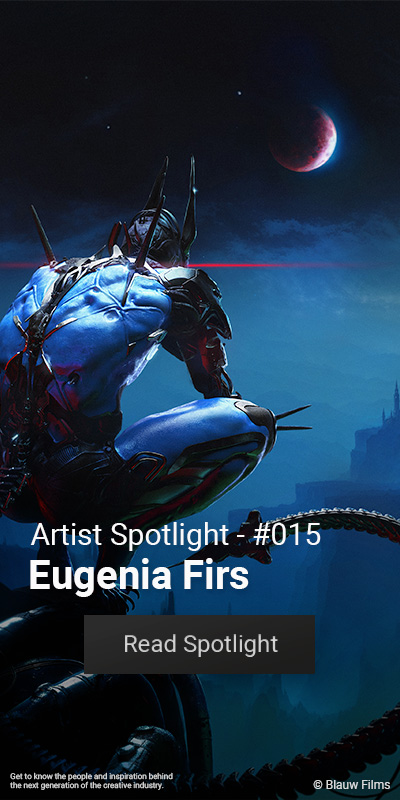
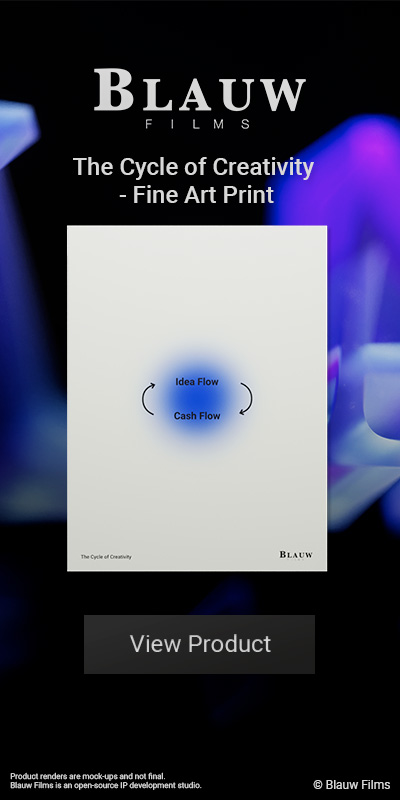











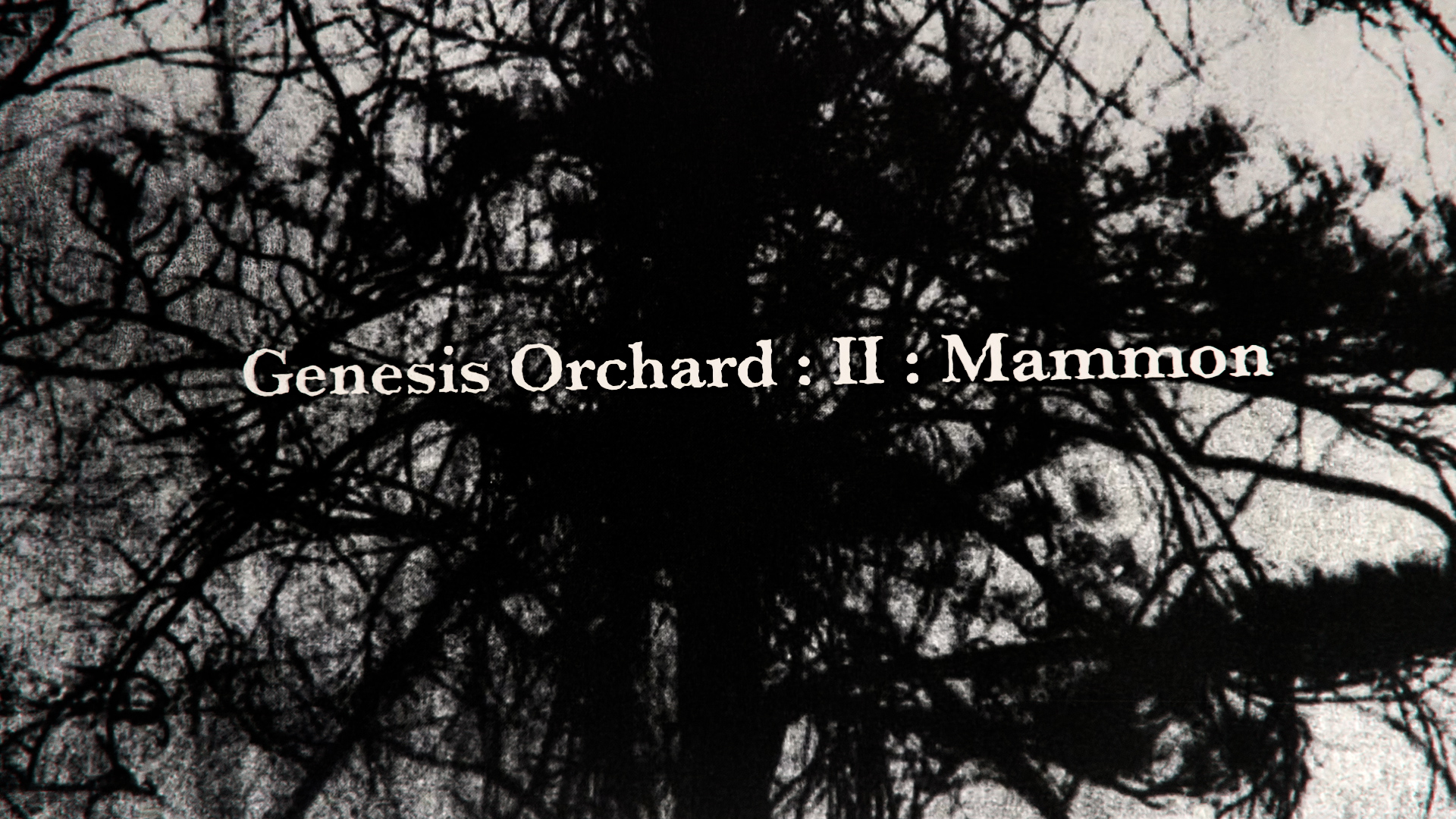

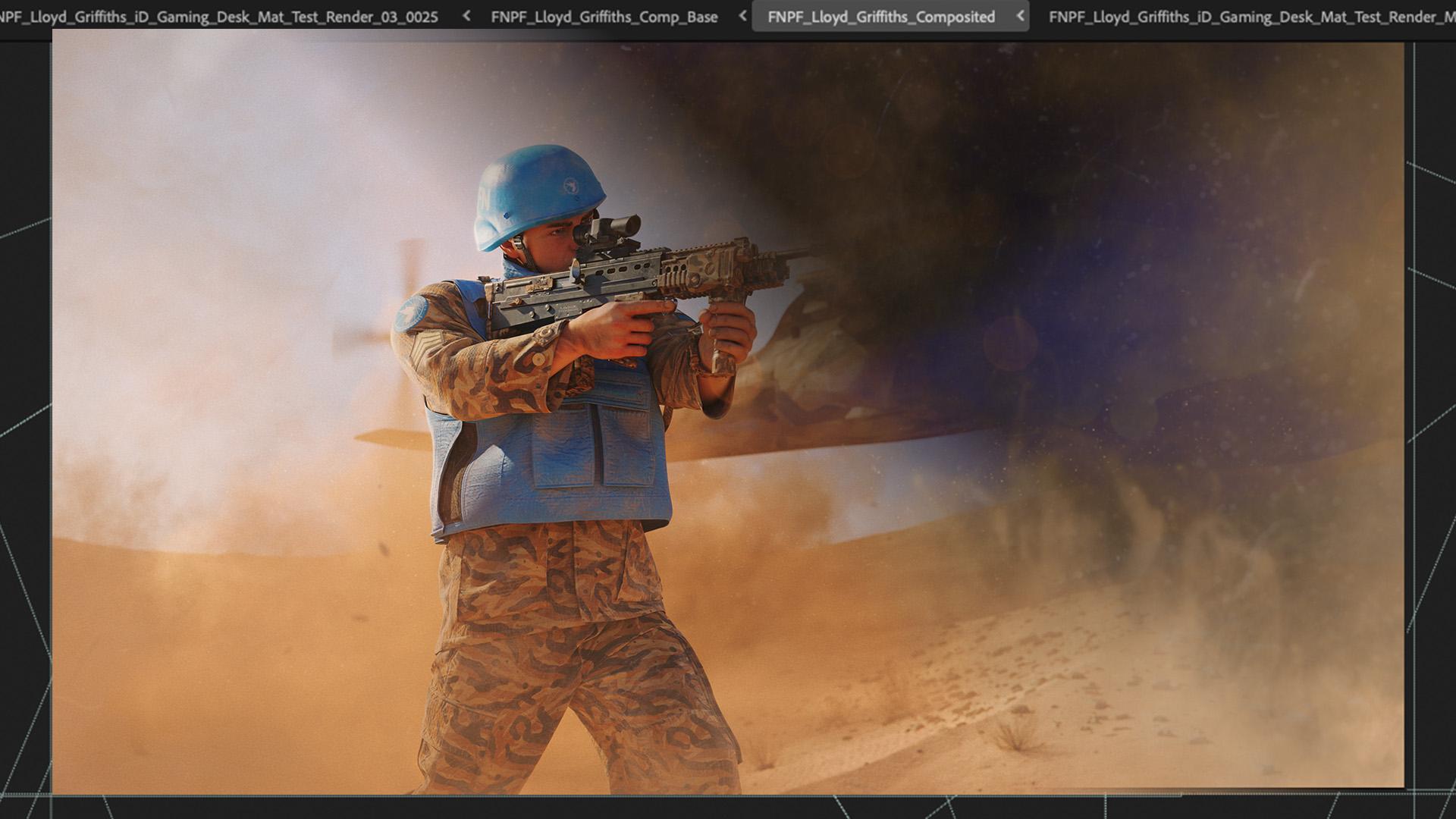
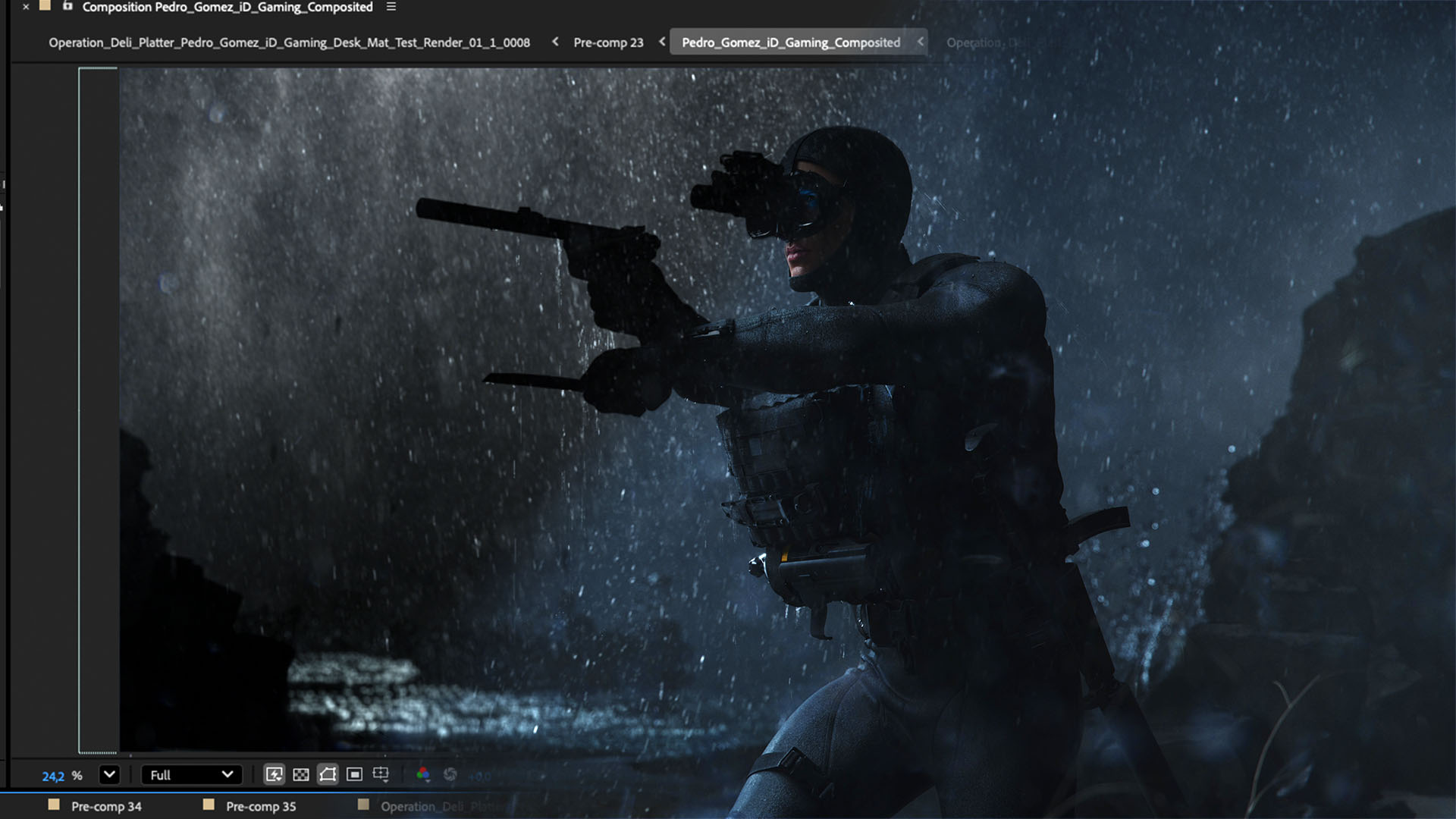


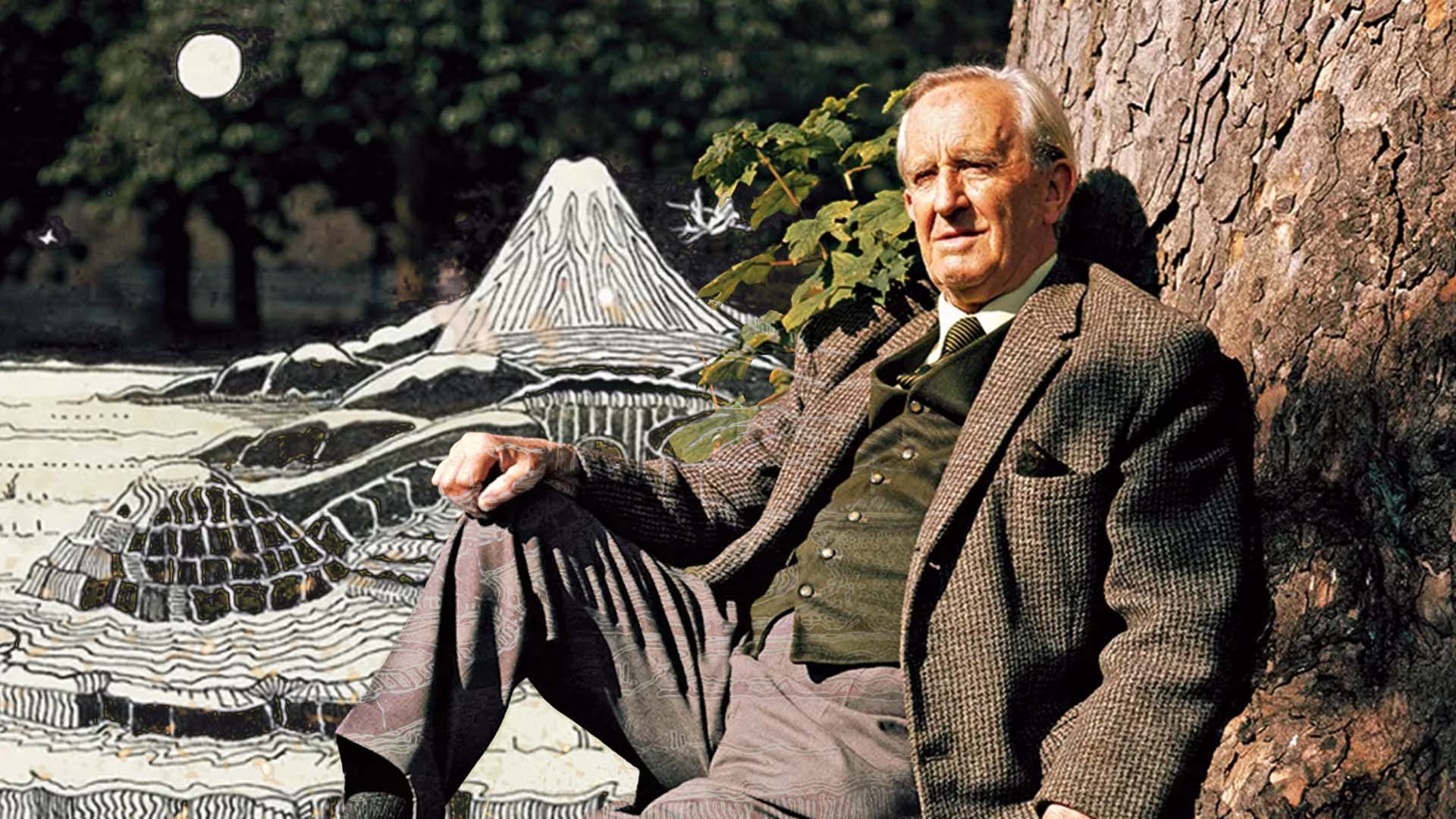







%20by%20Ivan%20Aivazovsky.jpg)






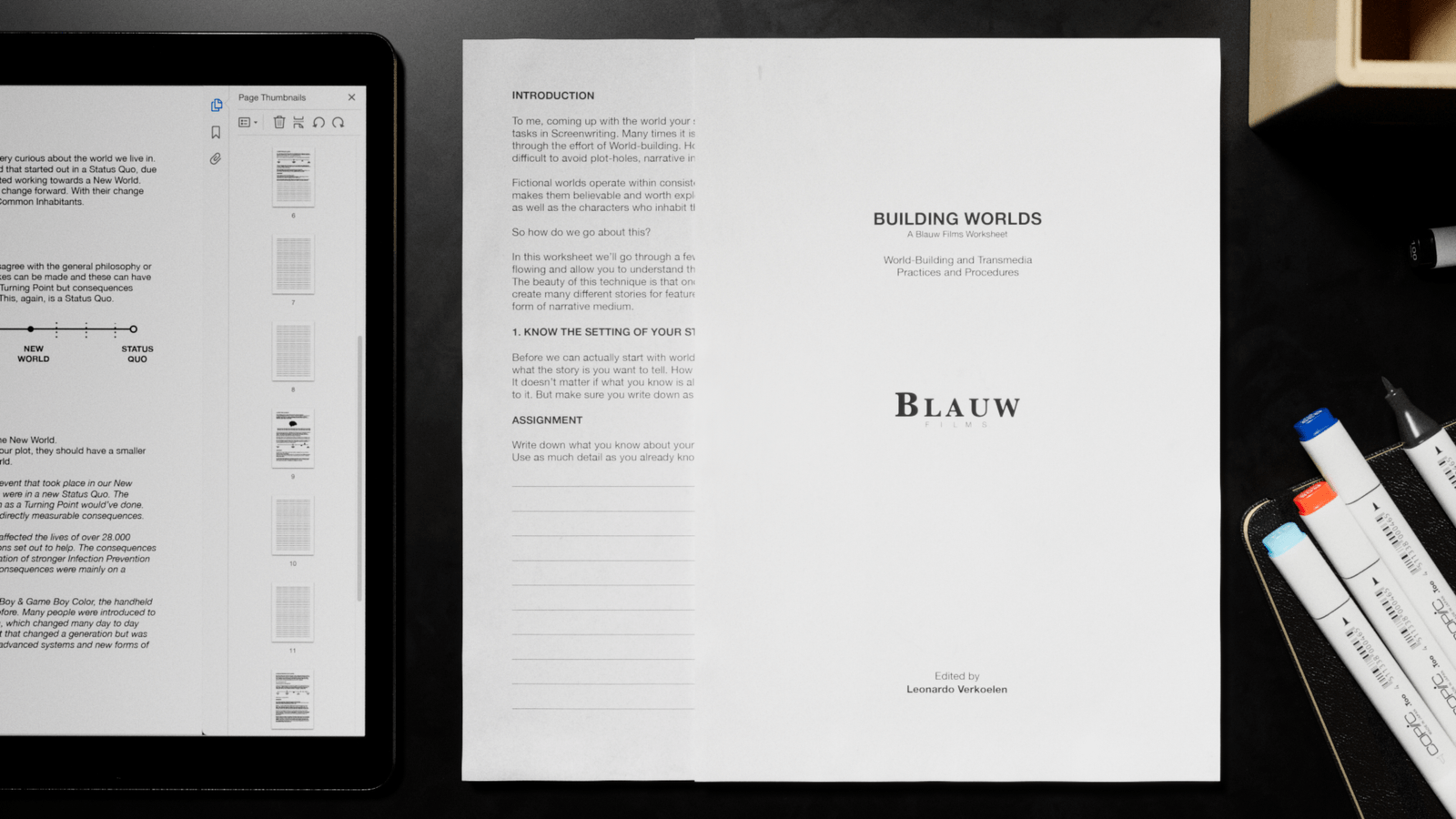










































































0 Comments